In this session, we welcomed Mr. So Okano from Staple Co., Ltd., who operates Kankitsu Stand Orange, a specialty citrus juice shop in Onomichi City, Hiroshima Prefecture. He spoke about his vision for the future of REKROW and what he hopes to achieve through the project.
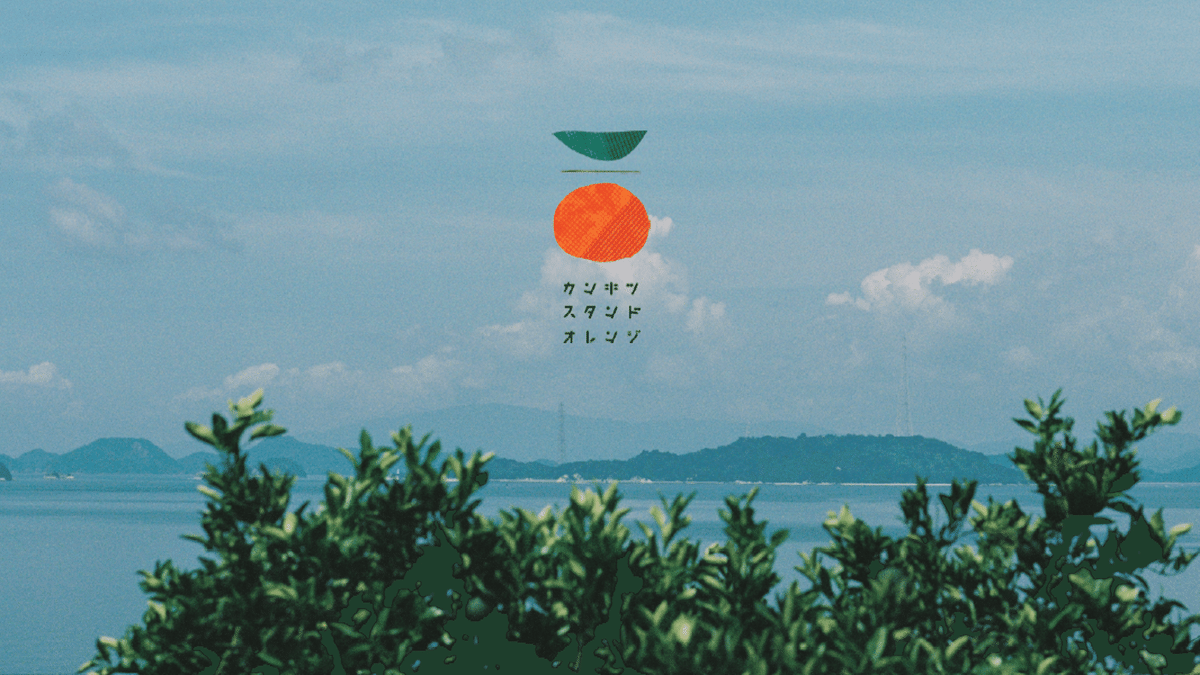
Project Members TALKS
guest
カンキツスタンド オレンジ | 株式会社Staple
岡野 爽 さん
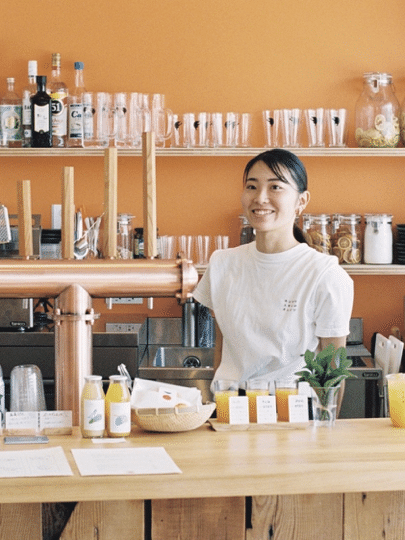
Kankitsu Stand Orange is a specialty citrus juice shop located inside Onomichi Station in Onomichi City, Hiroshima Prefecture. It is operated by a company called Staple, which also runs several other locations including Nihonbashi and Setoda.
Our relationship with local farmers in Setoda began when we opened a facility there called SOIL Setoda.
Today, Hiroshima is widely known for its lemons, but both the farmers and we share a strong desire to spread more awareness about the region’s diverse range of citrus fruits. That’s something I would like to talk about today.
At our shop, we offer around 20 to 30 different varieties of citrus juice, depending on the season.
We also have a tasting menu where customers can compare three different types of juice each day, providing a space where people can experience citrus fruits up close.
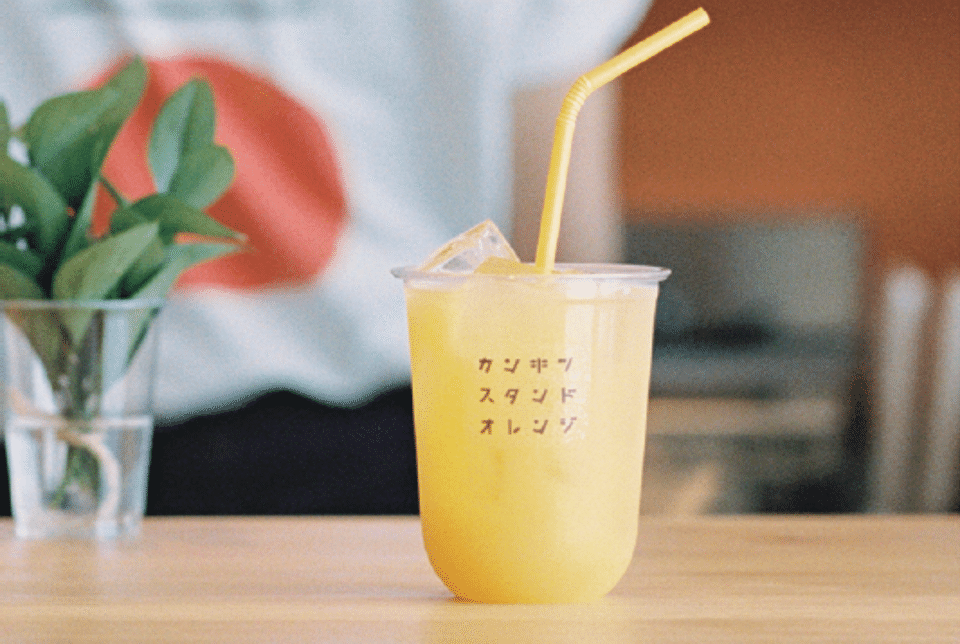
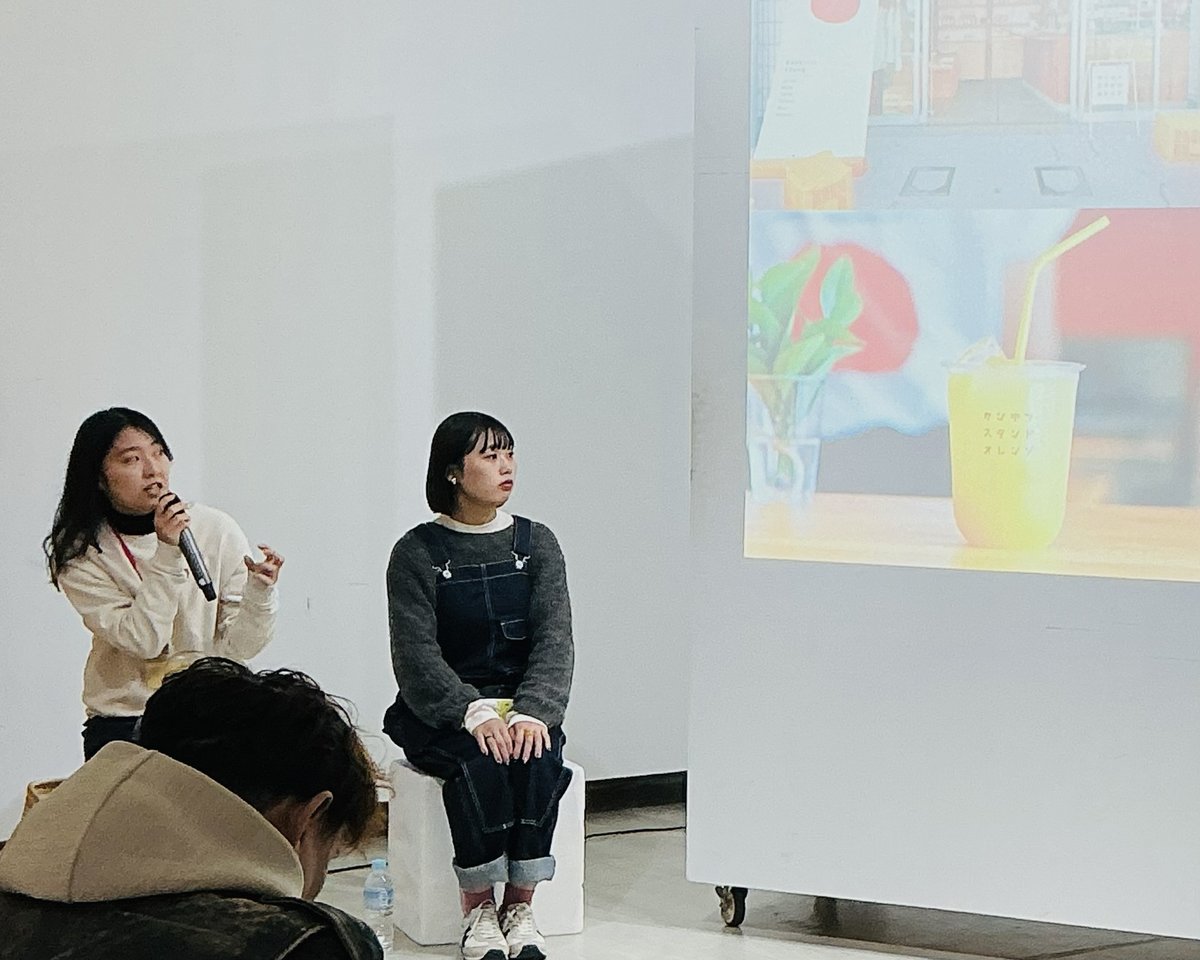
Abundant Blessings of the Seto Inland Sea
With low rainfall and abundant sunshine throughout the year, this region provides ideal conditions for growing delicious citrus fruits.
In particular, Setoda—an island located in the heart of the Shimanami Kaido—is known for its citrus orchards that thrive on the slopes facing the sea. The environment is perfect for citrus cultivation, and many farmers grow a wide variety of species.
It’s said that nearly 70 varieties of citrus are produced on the island.
People often assume that the citrus used for our juices are fruits that couldn’t be sold fresh, but that’s not the case. Each fruit is carefully selected, and the juices made from them are exceptionally rich and have a clear, distinctive flavor profile.
Why We Chose to Deliver Citrus in Juice Form
Why not simply deliver the fruits themselves?
One reason is that once juiced, citrus can retain its delicious flavor for six months to a year.
But there’s more behind this decision.
“The Decline in Citrus Consumption”
We learned that people are eating less citrus, especially thicker-skinned varieties, because peeling them feels like a hassle. This led us to feel a growing sense of “citrus abandonment.”
Some people only know “mikan” (satsuma mandarins) and are unaware of the many other varieties and their unique flavors.
It made us realize that the rich diversity and appeal of citrus aren’t being communicated properly.
In the world of wine, there’s a well-established culture of appreciating the origin and variety of grapes among thousands of types.
If we could create a similar culture around citrus, its potential would expand even further.
Unlike wine, citrus juice is non-alcoholic, making it accessible and enjoyable for all generations.
“Tourist Season and Citrus Peak Season Are Opposite”
I’m originally from Innoshima Island, and when I ask people from the Tokyo area about their image of an island, they often think of a warm, tropical place.
Cycling is popular in spring and fall, and beach activities are a summer highlight.
When people think of visiting the Setouchi area, they imagine those seasons.
However, the peak harvest season for citrus runs from December to March.
While we would love for visitors to experience freshly picked citrus during that time, citrus picking hasn’t become as mainstream as grape or strawberry picking.
That’s why making fresh-squeezed juice allows us to deliver the vibrant taste of citrus even outside the harvest season.
“Citrus That Can’t Be Sold at Full Price?!”
Farmers can only sell fruits with perfect appearance—A-grade fruits—at full price.
Even minor blemishes can cause fruits to be rejected by fruit shops or bought at lower prices.
Sometimes, they end up discarded despite being perfectly delicious.
It seemed like such a waste to throw away citrus just because of minor imperfections.
Part of the reason we started Kankitsu Stand was to help add proper value to these fruits and ensure they could still be enjoyed by more people.
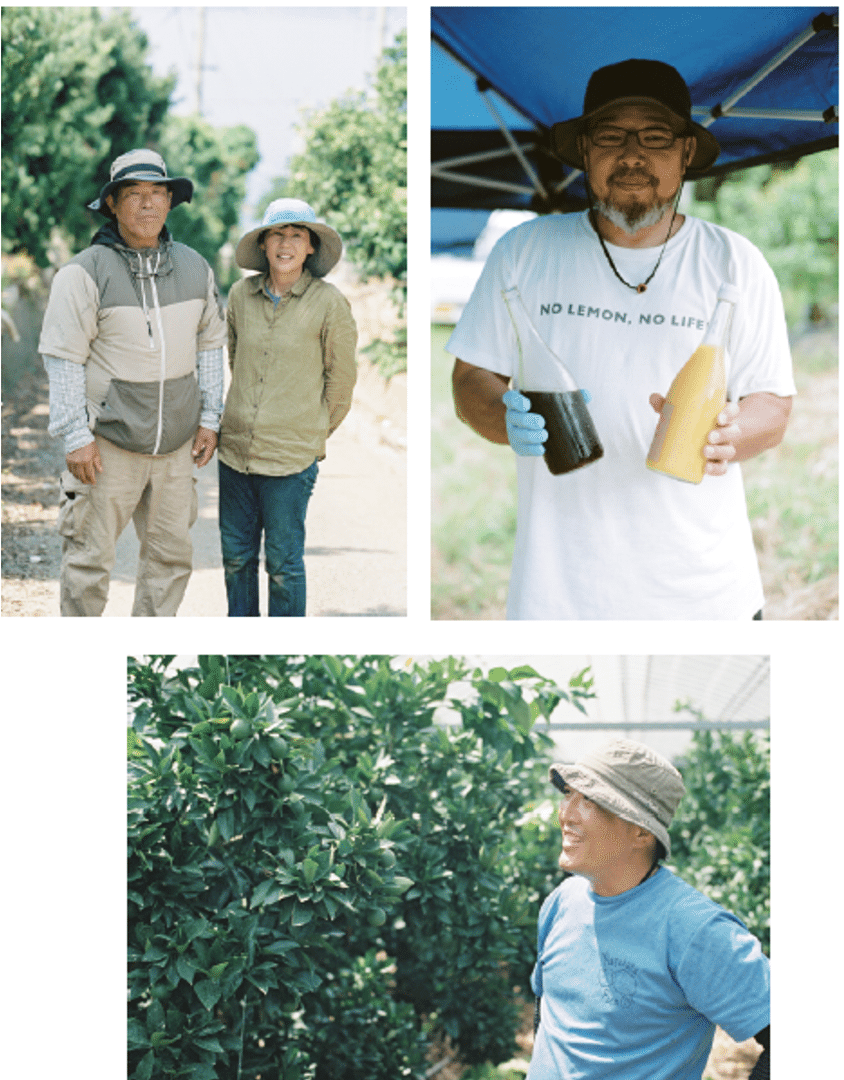
Our Challenge
One of the most important things we value in running our shop is truly living up to the phrase, “Delivered directly from the production area.”
We heard from participants in the Onomichi Denim Project as well, how important it is to meet with people weekly to build strong relationships.
At Kankitsu Stand, we currently purchase citrus from eight individual farmers, and we meet with them almost every week.
Even with the same variety of mikan, the taste can differ from farmer to farmer.
By visiting them regularly, we can see the conditions of their orchards firsthand and hear real-time stories—like how wild boars invaded the fields!
We get to learn not just about the joyful moments but also the hardships they face every day.
Rather than maintaining a purely transactional relationship, we want to run Kankitsu Stand together with the farmers, as partners.
We also hope to create more ways for people to connect with citrus beyond just juice.
For example, we created a product called the “Citrus Bag – Equivalent to 3 Amanatsu Oranges”.
It’s made from repurposed fishing nets we received from Hashirijima Island.
When you walk around the island carrying one of these bags, sometimes locals will even fill it with mandarins for you! 🍊
Through many different approaches, events, and opportunities,
we hope to become a “gateway” from citrus to the islands.
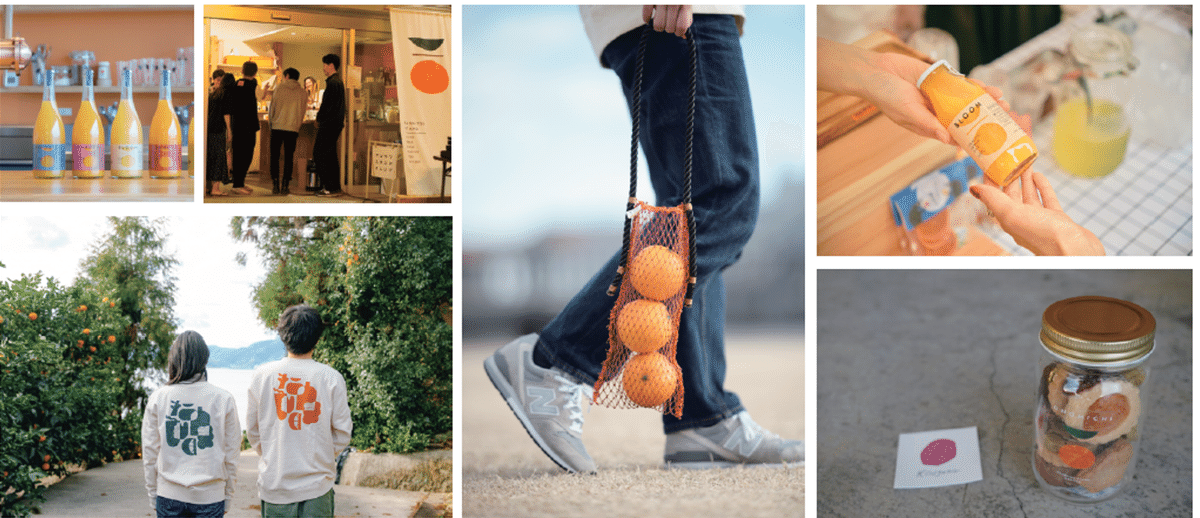
What inspired you to join the RW Project?
It all started when I discovered the reused socks made from leftover denim threads (weft yarns) displayed at the Onomichi Denim Shop.
In our own business as well, we’ve always wanted to find ways to add value to materials that might otherwise go to waste—like our bag made from repurposed fishing nets.
I really resonated with the idea of cherishing good things and making them last longer.
When I reached out to see if there was something we could collaborate on, I learned about this project.
I feel that activities like this, with a long-term vision, are actually quite rare in today’s fast-paced Japan.
In my daily work, I sometimes create sweatshirts and other items together with designers, and I believe that both creating and using things can be a way to communicate stories.
The idea of making workwear locally, while involving the whole community, really drew me to participate in this project.
RW: We’re excited that the staff from Kankitsu Stand will also be joining us! You’ll be wearing RW workwear for the next year. When you imagine one year from now, what kind of future do you envision? Also, could you share any hopes or expectations you have for this project?
I think it would be fun if we could create something dyed with citrus!
At first, I thought dyeing with mandarin leaves or lemons would produce a soft beige color, but after doing some research, I found that vibrant yellows and oranges can actually appear.
I would love to see the project explore possibilities like that!
RW: Many different industries are participating in this project, each bringing their own unique strengths. We hope to foster cross-industry collaborations as we build stronger connections. Since RW itself is based on the concept of “circularity,” we aim to keep environmental sustainability in mind while trying new things.
At Kankitsu Stand, we will be adopting RW workwear as our staff uniforms,
and we look forward to walking this journey together over the coming year.
Kankitsu Stand
1-1 Higashigosho-cho, Onomichi City, Hiroshima Prefecture
1st Floor, JR Onomichi Station Building
Instagram | OnlineShop | Map
about SOIL Setoda
SOIL HP
